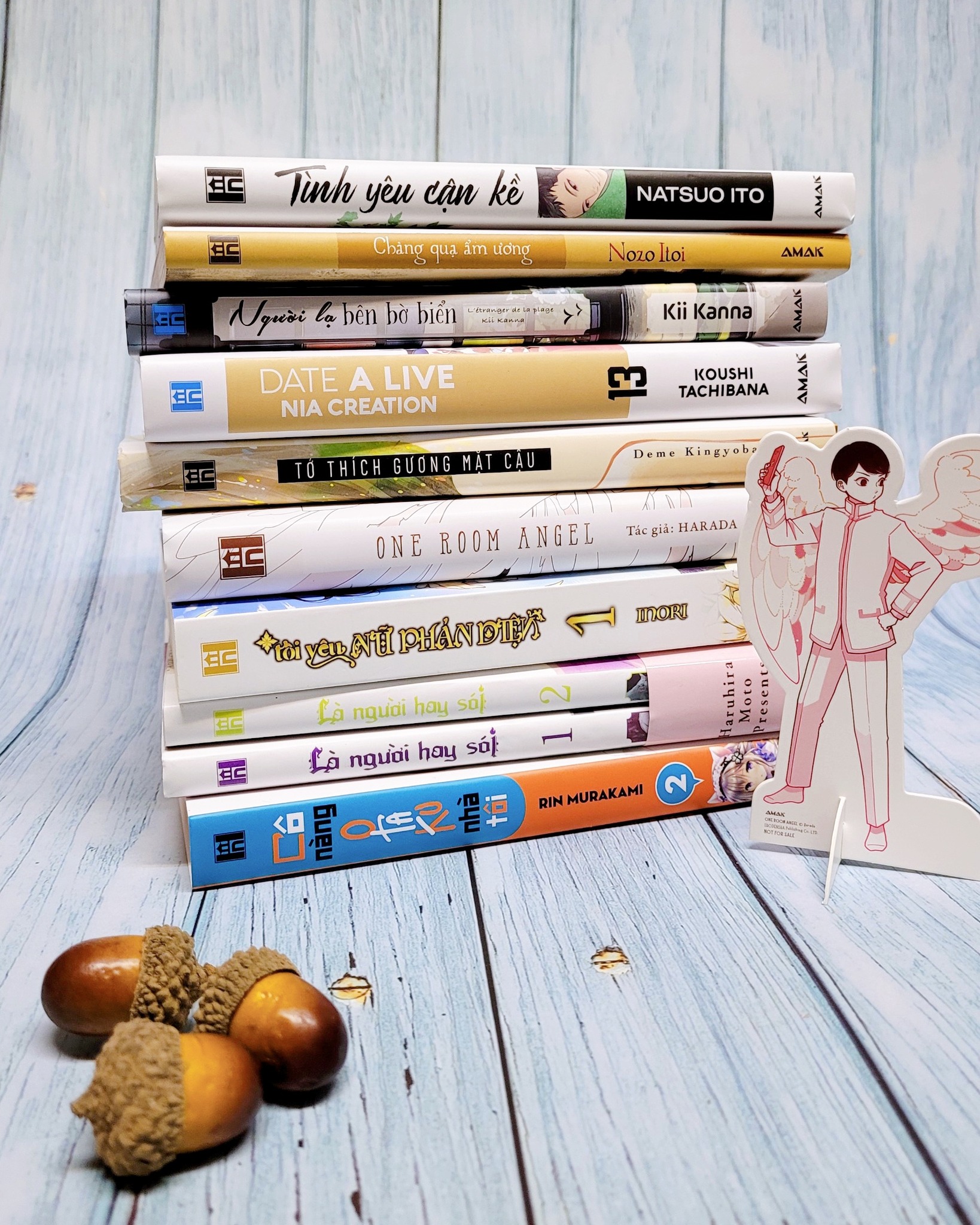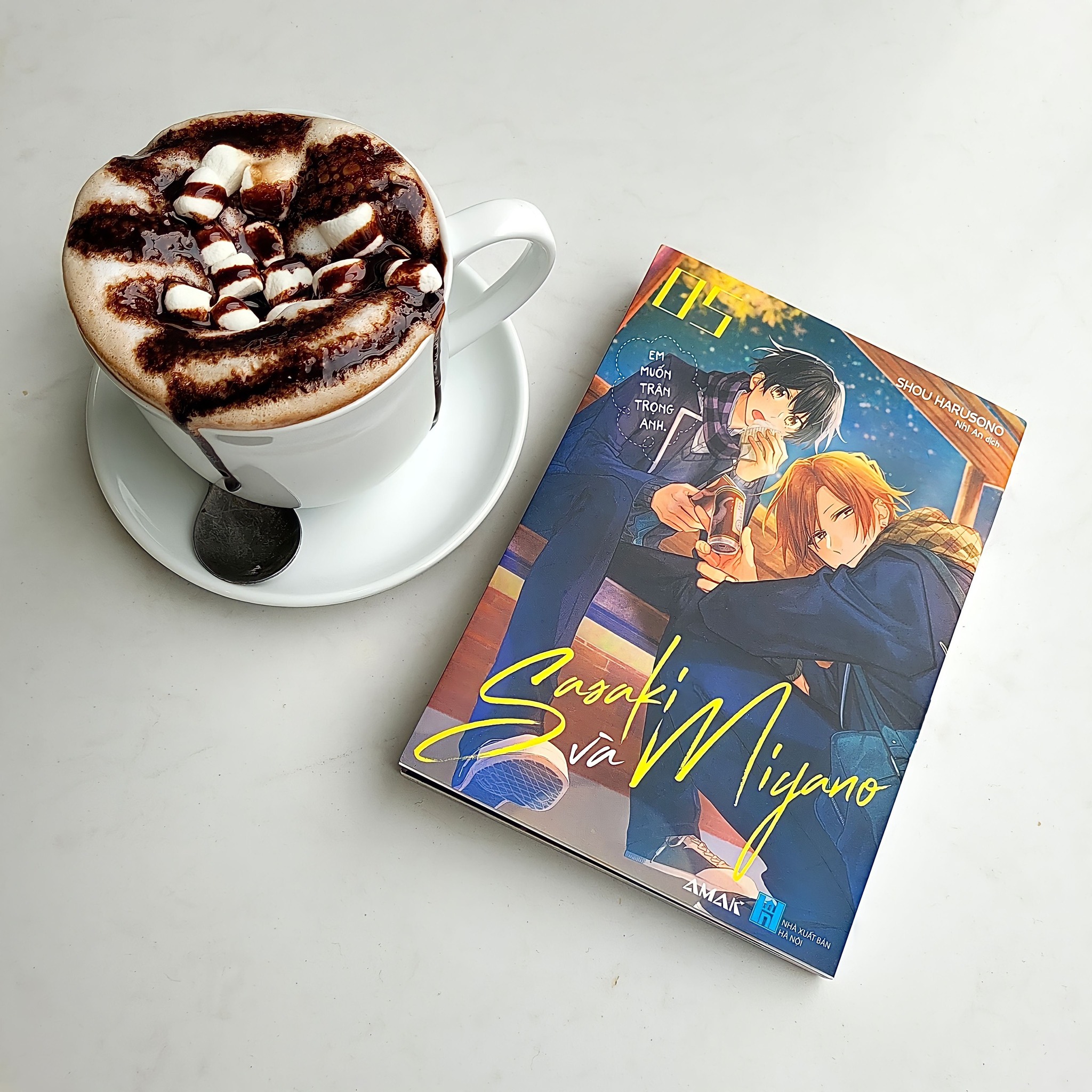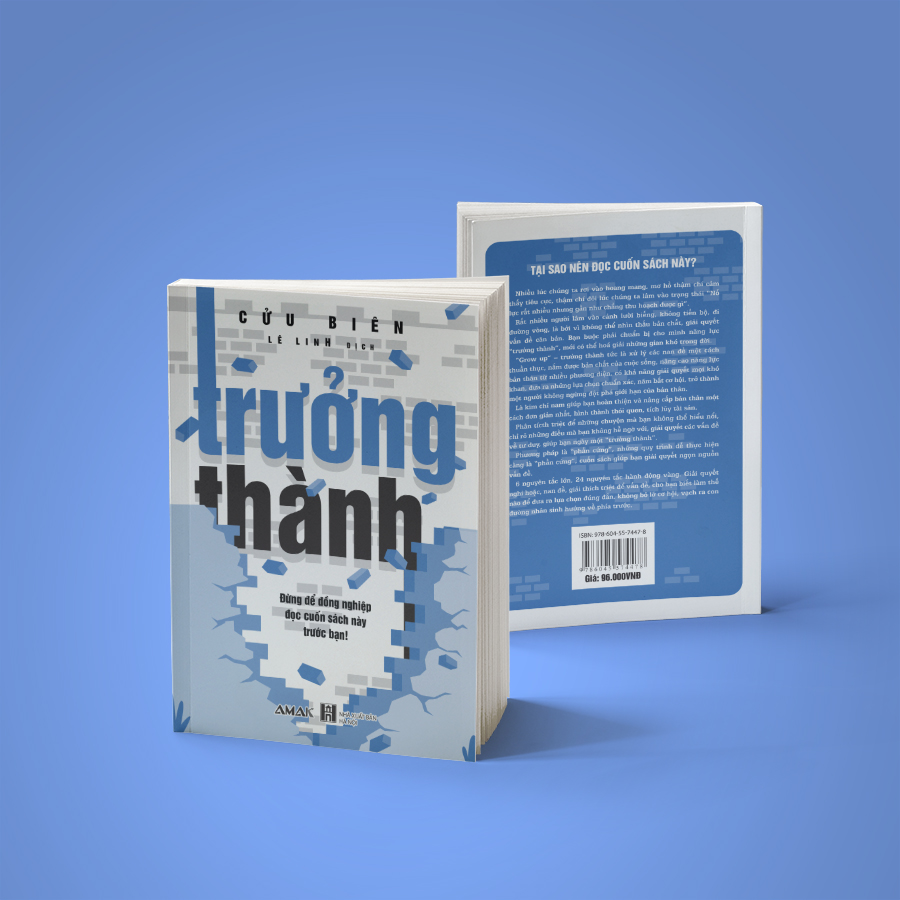“Tableau Gate” is a supernatural and action-packed manga recently released by Amak Books. Even before delving into the plot, the first impression is the stunning artwork. The illustrations alone are enough to make me reach for my wallet and buy this volume.
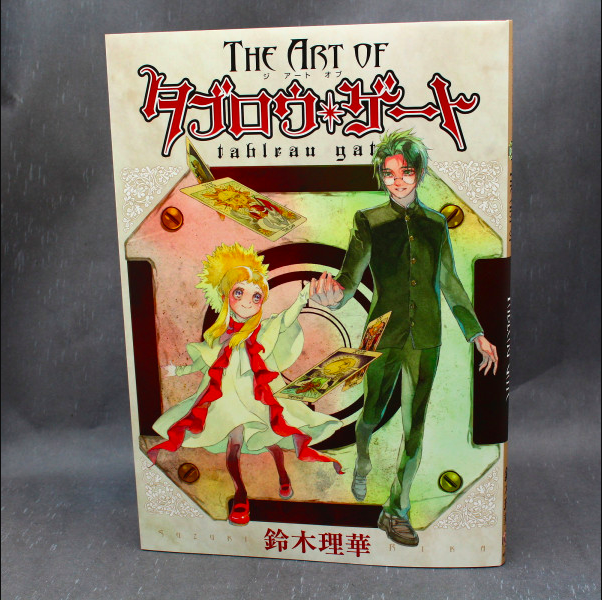
The characters’ expressions are rich, and the Tarot card designs are incredibly cool. Each character has a distinct appearance, and the meticulously detailed backgrounds—whether it’s a European castle or an intricate garden—seem like they took months to complete.
Choosing the theme of Tarot cards and setting the story in England already presents a challenge for the artist. Each Tarot card requires a unique design, and the European settings with castles and lush gardens add to the complexity.
However, author Rika Suzuki has proven that nothing is too difficult when the final product leaves readers in awe. The artwork is captivating, and even the color illustrations on the cover are delightful. If only there were a few more colored pages within the manga itself—it would be perfect.

Story of Tableau Gate
The story revolves around Satsuki Hikawa, a young man living alone in a mansion with only his grandfather as family. When Satsuki receives a mysterious book called the “Tablet,” strange events unfold. Each page of the book represents a Tarot card, but most symbols are missing. A mysterious girl claims ownership of the book and tasks Satsuki with finding the lost symbols before dark forces carry out their sinister plot.
As Satsuki searches for the missing symbols, he must summon appropriate Tarot cards to defeat those who have escaped. Each reclaimed symbol recognizes him as its rightful owner. Along the way, the enigmatic girl, known as Lady, assists Satsuki. The book becomes a turning point in Satsuki’s solitary life, drawing him into the world of Tarot cards and leading him on a quest to recover the lost symbols.
“Tableau Gate” maintains a captivating pace, not overly intense but enough to keep readers engaged. While the storyline isn’t entirely novel, it has its unique charm. The soft, meticulously crafted artwork brings the characters to life, and the eye-catching designs make them visually appealing.
For fans of supernatural mysteries and adventure, “Tableau Gate” strikes a balance between an easy-to-follow narrative and a touch of brightness without delving too deeply into darkness. The Tarot knowledge woven into the story is a treat for enthusiasts. The manga’s straightforward yet memorable storytelling style complements the redesigned cover, which stands out from other international editions. Suzuki Rika’s illustrations shine on the front cover, while the inner cover design aligns perfectly with the manga’s theme.
In summary, “Tableau Gate” is a delightful choice for readers who appreciate supernatural manga, adventure, and a touch of magic. So, if you’re a Tarot enthusiast or simply enjoy beautifully illustrated stories, don’t miss this captivating series.
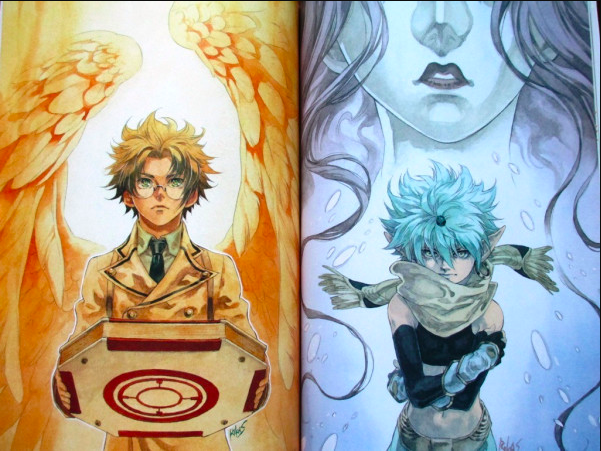
The character designs in Tableau Gate are a major plus. Each human-like Tarot card character is captivating and has a distinct personality.
For instance, The Moon appears as a gentle, meticulous prince with white hair. In contrast, The Sun is a burly guy with a childlike temperament—always laughing, playful, and even caught eating secretly. This humorous touch adds to the manga’s overall cheerfulness. The author has clearly invested in creating a stable and multifaceted cast of characters.
While the first volume lacks many standout moments, the introduction of new characters toward the end promises to elevate the story in subsequent volumes. I’m particularly looking forward to the unfolding plot and the designs of the remaining Tarot cards.
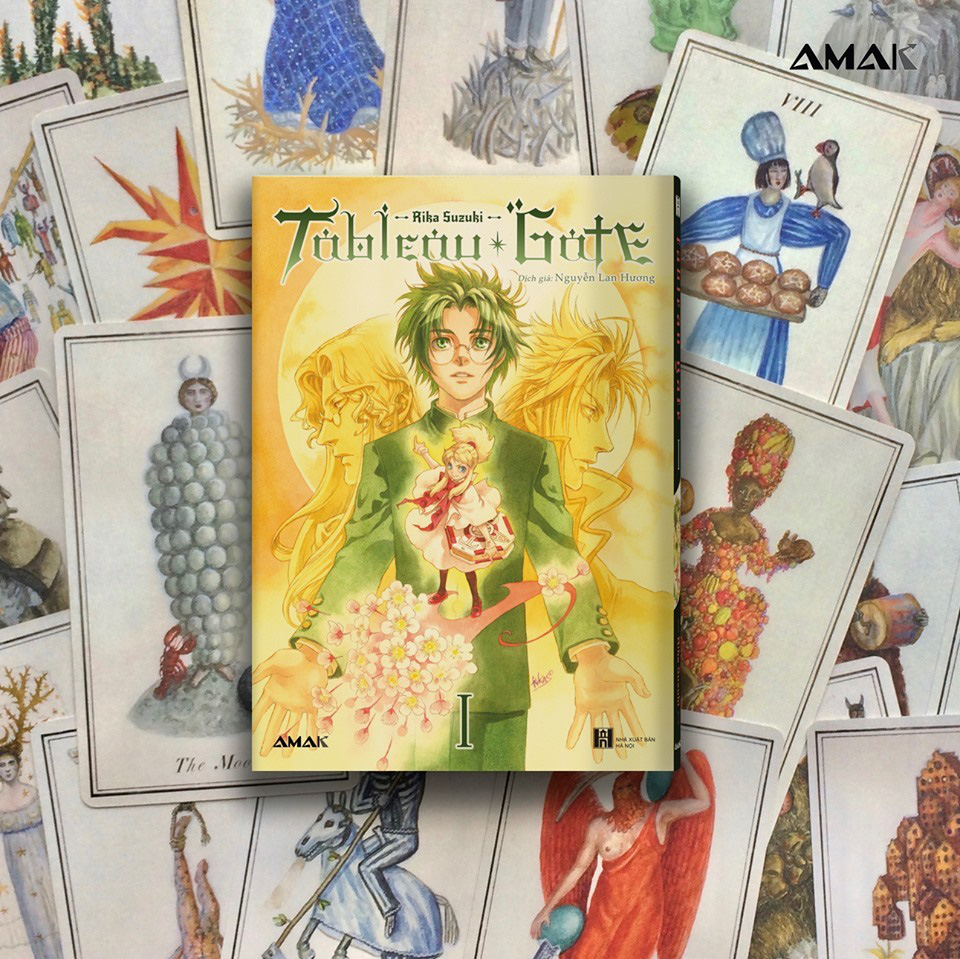
Certain passages in the manga resonate with me. For example, when The Sun tells Satsuki, “Freedom isn’t just doing what you want; it’s doing what you must.”
True freedom lies in pursuing the dreams we set for ourselves—goals that give our lives meaning—rather than living aimlessly, uncertain of what tomorrow holds. It’s not about blind optimism but about understanding our circumstances, assessing our resources, and finding solutions. Belief is crucial, but timing matters too.
Furthermore, the manga reiterates the message that someone always needs you. You’re not alone, nor are you expendable. Everyone in this world has a specific purpose. So, rise up and seek that purpose instead of drowning in thoughts of your own insignificance.
Another scene I appreciate involves Lady slapping Satsuki while he tries to calm down The Devil, who is in a panic. It’s a wake-up call—an acknowledgment of our blind spots and the need to face reality. We must recognize our context, assess our resources, and avoid simply shouting that everything will be fine. Faith matters, but it must be timed appropriately.

Tableau Gate’s Packaging
I was pleasantly surprised when I held the book “Tableau Gate” in my hands for review. This time, it seems that Amak has learned from previous experiences and paid more attention to the printing quality.
The cover of the book is beautifully colored, and the spine is rounded, allowing the book to hang naturally without being tightly pulled like some previous volumes. The inner pages are printed with smooth, even ink. Given the delicate artwork by the author Rika Suzuki, it’s crucial to handle the printing process well to maintain clarity. Amak has done an excellent job, and all the details are crisp and visually appealing.
One minor drawback lies in the sound effects (SFX) within the pages. The chosen SFX fonts feel a bit rough and don’t quite match the spirit of the story, even though the technical team has arranged and redrawn them neatly. Additionally, the font used for the table of contents and chapter titles appears somewhat simplistic. However, this is a subjective observation and doesn’t significantly impact the overall reading experience.
The translation is straightforward, with clear and concise sentences. While not overly impressive, it ensures easy comprehension. The editing team has maintained good control over the translation, resulting in minimal spelling errors or stylistic issues.
A notable point is the redesigned cover art, which differs slightly from the original Japanese version. The inner cover has also been completely refreshed, and the title of the manga has been localized closely to the Japanese characters.
For those willing to spend a few minutes searching on Google, you’ll notice that the Japanese edition’s cover art is framed, unlike the Vietnamese edition, where the image spills over. This design choice may lead readers to form two distinct opinions: some preferring to stick with the original, while others appreciate seeing the full-color illustrations by the author. Regardless of personal preferences, we commend the efforts of the Amak team in creating a unique Vietnamese version of the manga.
Hopefully, this review provides you with a brief overview of “Tableau Gate.”
The manga has been available for over a week now, yet it hasn’t garnered much attention. Amak’s marketing efforts have been relatively low-key, resulting in limited visibility. Despite being priced slightly higher at 39,000 VND, the substantial discount compensates for it. If you’re interested, don’t hesitate to pick up a copy!
Feel free to explore “Tableau Gate” if it piques your curiosity! 😊
cfnkyw – Gametac.vn


